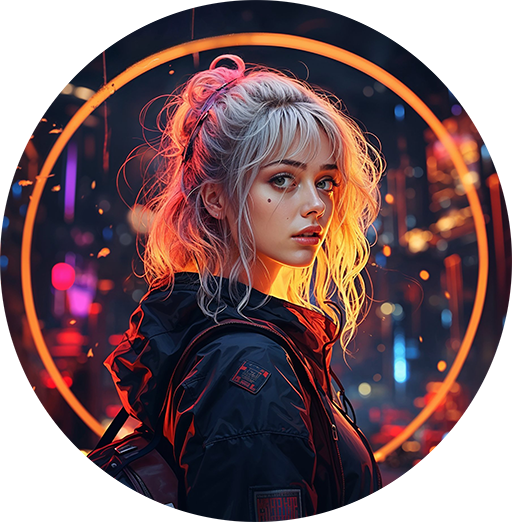What is EasyBib?
EasyBib is a citation management tool that helps users create and organize bibliographic citations for research papers, essays, and other written works. It is typically used by students and scholars to create citations in MLA, APA, and Chicago styles, among others. The tool can be used to cite sources such as books, journal articles, websites, and more.
EasyBib has a user-friendly interface that makes it easy to create citations and keep track of sources. Users can simply enter the information for a source, such as the author’s name and the title of the work, and EasyBib will generate a citation in the desired format. Users can also import sources from databases and other sources using a URL, DOI or ISBN.
EasyBib also includes a feature that allows users to create an annotated bibliography, which includes a summary or evaluation of each source. Users can also collaborate with other users on a shared document, which can be useful for group projects.
EasyBib is available as a web-based tool and as an app on iOS and Android. It is a useful tool for students, researchers, and scholars as it helps them to easily create and organize citations and to avoid plagiarism.
AI art and traditional art will coexist in the future
AI can be used to create art, but that doesn’t mean it will completely replace traditional art. AI has the ability to generate art in an automated way, but traditional art is still created by humans with their own creativity and skills.
Additionally, traditional art has a history and cultural context that AI cannot replicate yet.
Therefore, it is likely that AI art and traditional art will coexist in the future.
There are a few ways traditional art and AI art can coexist:
- Collaboration: Artists can use AI as a tool to enhance their traditional art. For example, an artist might use AI to generate patterns or designs that they can then incorporate into their paintings or sculptures.
- Exhibition: AI art and traditional art can be displayed side by side in galleries and museums, allowing audiences to compare and contrast the different forms of art.
- Education: Traditional artists can learn about AI techniques and incorporate them into their work, while AI artists can learn about traditional art techniques and history.
- Complementarity: AI art can be used to generate artworks that traditional artists can not, like generative music, interactive installations or even virtual and augmented reality experiences, and these can be used to complement traditional art forms.
- Inspiration: AI art can inspire traditional artists to push their own creative boundaries, while traditional art can inspire AI artists to explore new ways of creating art.
It’s important to note that just like traditional art, AI art is also a form of human expression and creativity, and both can coexist and enrich each other.


